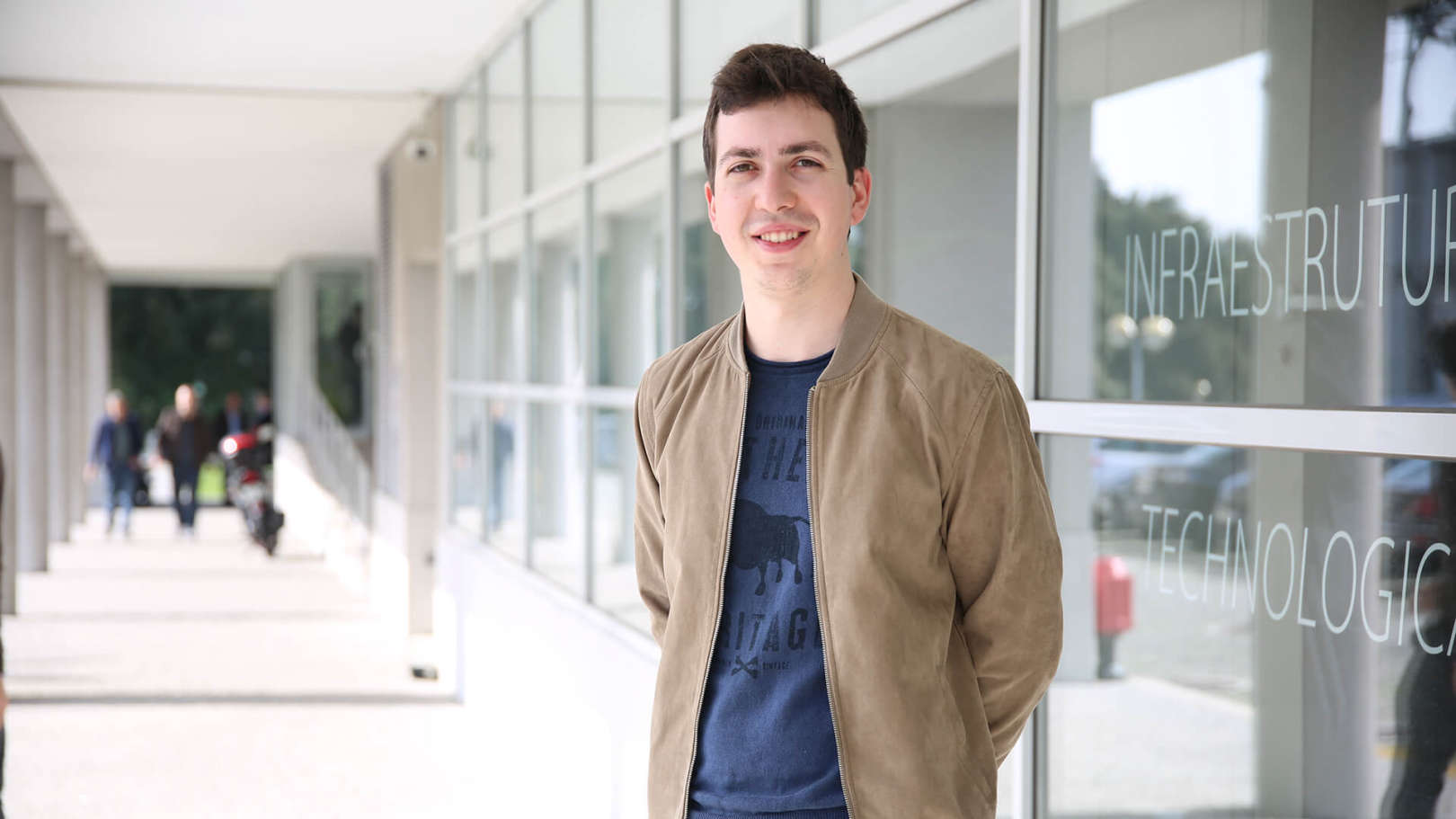About
Ricardo P. M. Cruz is an Assistant Professor at the Faculty of Engineering of the University of Porto and a researcher at INESC TEC. His work focuses on machine learning, particularly deep learning, and computer vision. He received a B.Sc. degree in Computer Science (2012), an M.Sc. degree in Mathematical Engineering (2015), both from the University of Porto, and a Ph.D. degree in Computer Science (2021) jointly from the University of Porto, Aveiro and Minho. His topics cover transversal aspects of machine learning with applications to health and autonomous driving, detailed in over 20 publications with 100+ citations.


